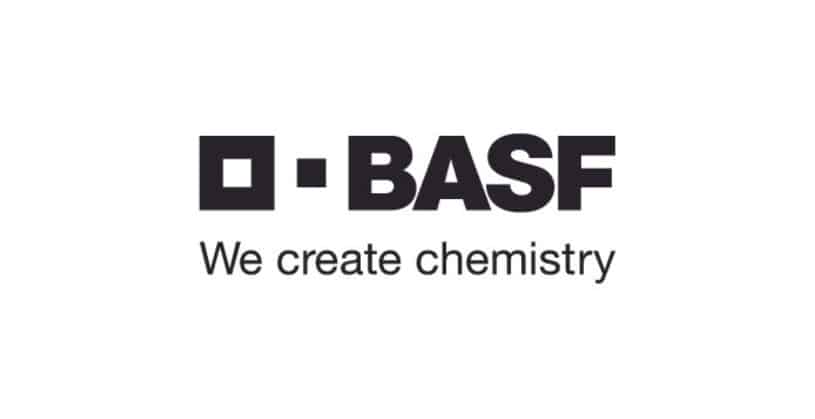Key Takeaways
- Zorina™ fungicide, developed by BASF Agricultural Solutions, has received U.S. Environmental Protection Agency (EPA) registration and is now approved for use in the U.S., pending state-level approvals.
- The product is designed to help manage white mold (Sclerotinia sclerotiorum) and other key foliar diseases affecting soybeans, canola, and dry beans.
- Zorina combines the white mold control of Endura® fungicide with the broad-spectrum, long-lasting protection of Revysol® fungicide.
- The solution aims to provide growers with reliable disease prevention and extended residual activity to help protect yield potential.
- For optimal results, preventive applications are recommended at full bloom when crops are most susceptible to infection.
EPA Approval Marks Key Step for BASF’s New Fungicide
BASF announced that Zorina™ fungicide has received registration from the U.S. Environmental Protection Agency (EPA), allowing its use on soybeans, canola, and dry beans once individual state approvals are in place. The product offers growers a new management tool against white mold, one of the most damaging fungal diseases in broadleaf row crops across the Midwest and Northern Plains.
According to industry estimates, U.S. soybean farmers lost more than 26 million bushels in 2024 due to white mold. BASF developed Zorina to address these losses by providing consistent control of white mold and other yield-limiting diseases through two active ingredients with complementary modes of action.
Combining Proven Chemistry for Reliable Disease Protection
Zorina fungicide integrates the targeted white mold performance of Endura® with the broad-spectrum disease control of Revysol®, BASF’s next-generation triazole fungicide. The combination is intended to deliver extended protection and improved disease management across a range of conditions.
“Zorina fungicide is designed to provide specialized white mold control with strong performance and extended residual activity,” said Erick Garcia, Senior Product Manager at BASF Agricultural Solutions. “Our goal is to help farmers overcome one of the most persistent yield barriers in soybeans, canola, and dry beans.”
The product’s dual-action formulation offers both preventive and residual benefits, helping to reduce the buildup of fungal inoculum in fields over time.
Application Recommendations for Effective Disease Prevention
To achieve optimal results, Zorina fungicide should be applied preventively at full bloom—when crops are most vulnerable to infection from Sclerotinia ascospores. Recommended application timing includes:
- Soybeans and dry beans: R2 growth stage (full bloom)
- Canola: 30% to 50% bloom
By applying early in the disease cycle, growers can help minimize infection risk and maintain plant health throughout the growing season.
BASF: Supporting Growers Through Integrated Disease Management
With EPA registration secured, Zorina fungicide expands BASF’s portfolio of crop protection solutions aimed at helping farmers manage white mold and other foliar diseases more effectively.




14 Comments